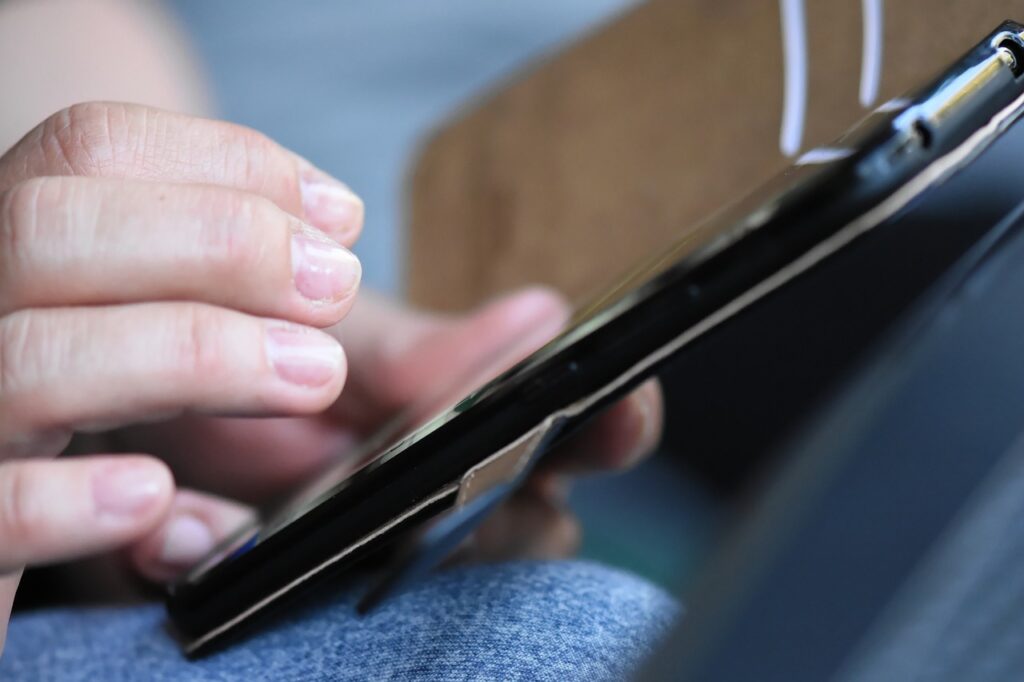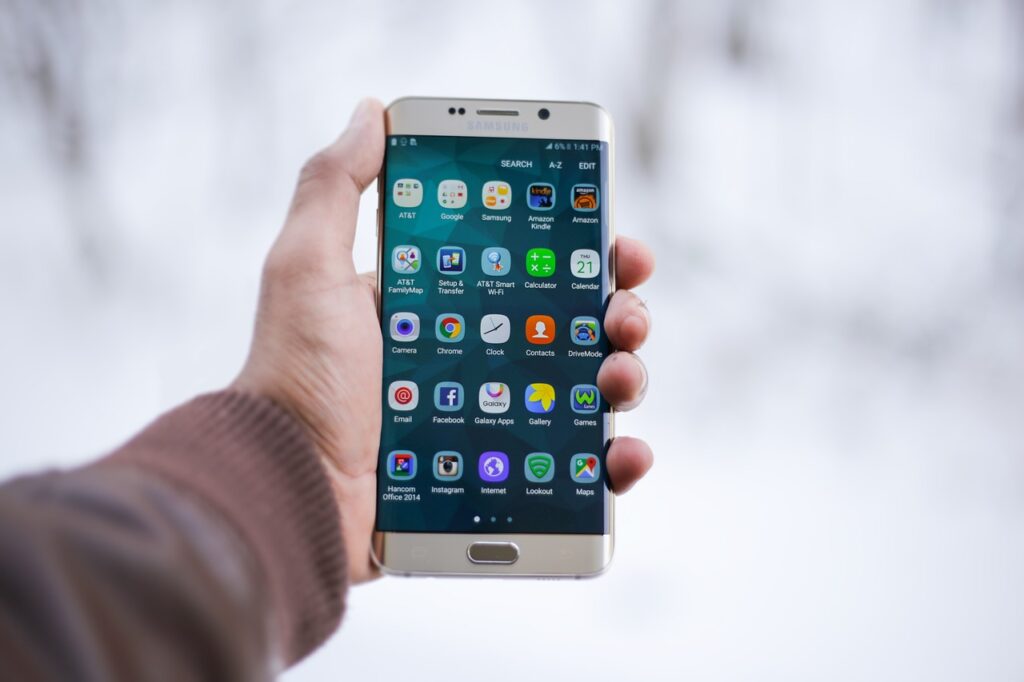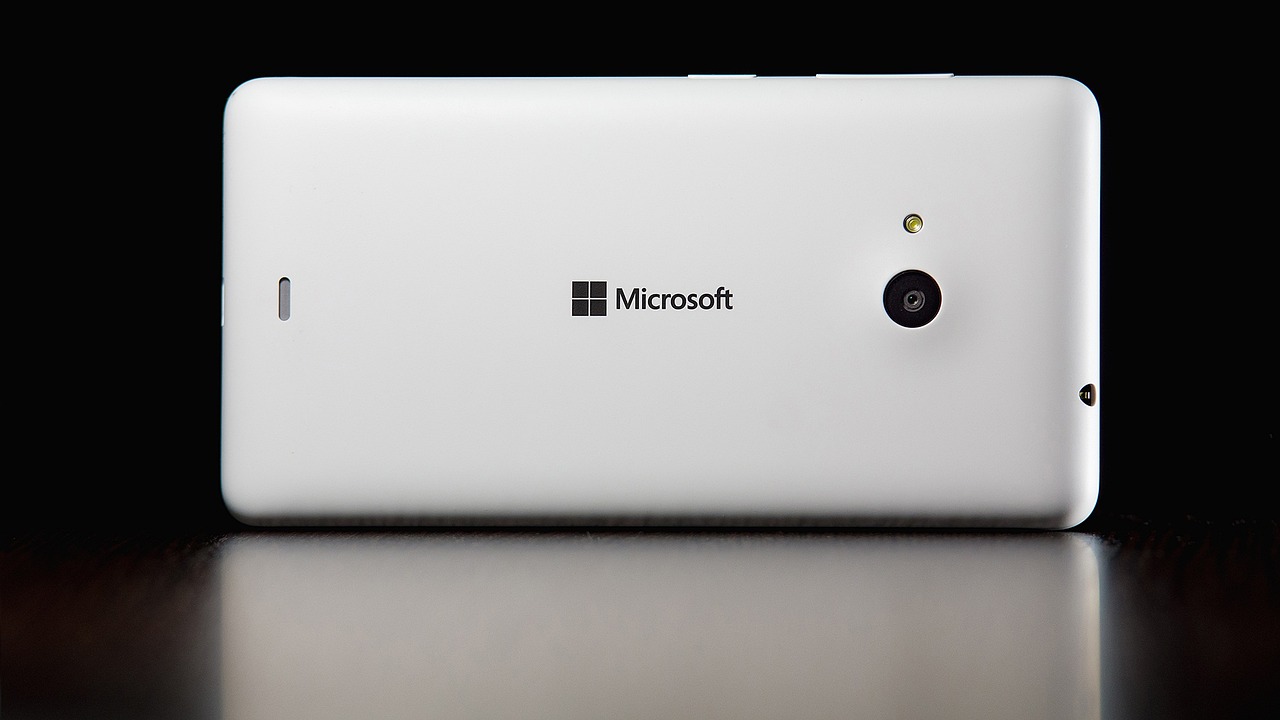Screen protectors are essential accessories for smartphones, tablets, and other electronic devices, providing an additional layer of protection against scratches, cracks, and smudges. With a variety of types and installation methods available, choosing the right screen protector can be daunting. Here’s everything you need to know about screen protectors, including types, installation techniques, and the benefits they offer.
Types of Screen Protectors

- Tempered Glass: Tempered glass screen protectors offer superior protection against scratches, impacts, and shattering. They are thicker and more durable than plastic film protectors and provide a smooth, glass-like feel.
- Plastic Film: Plastic film screen protectors are thin, flexible sheets made from materials like PET or TPU. They offer basic scratch protection and are often more affordable than tempered glass protectors.
- Privacy: Privacy screen protectors feature a specialized filter that narrows the viewing angle, making it difficult for others to see your screen from the side. They provide added privacy and security when using your device in public spaces.
- Anti-Glare/Matte: Anti-glare or matte screen protectors reduce glare and reflections on the screen, improving visibility in bright environments. They also minimize fingerprints and smudges for a cleaner display.
Installation Techniques
- Dry Installation: Dry installation involves aligning the screen protector with the device’s screen and pressing it into place without the use of any liquids or adhesives. This method is straightforward and minimizes the risk of air bubbles.
- Wet Installation: Wet installation involves applying a small amount of liquid solution (usually water or alcohol) to the device’s screen before placing the screen protector. This method allows for easier alignment and repositioning but may require more time to dry.
- Installation Tools: Many screen protectors come with installation kits that include tools like cleaning wipes, dust removal stickers, and alignment trays to ensure a precise and bubble-free installation.
Benefits of Screen Protectors
- Scratch Resistance: Screen protectors help prevent scratches, scuffs, and abrasions on the device’s screen, preserving its appearance and resale value.
- Impact Protection: Tempered glass screen protectors offer impact resistance, reducing the risk of damage from drops and impacts.
- Fingerprint and Smudge Resistance: Certain screen protectors feature oleophobic coatings that repel fingerprints and smudges, keeping the screen clean and easy to maintain.
- Privacy and Glare Reduction: Privacy and anti-glare screen protectors enhance privacy and visibility by reducing glare and limiting the viewing angle of the screen.
- Easy Removal: In the event of damage or wear, screen protectors can be easily removed and replaced without damaging the device’s screen.

Screen protectors are indispensable accessories for protecting your electronic devices from everyday wear and tear. By understanding the different types of screen protectors, mastering installation techniques, and appreciating the benefits they offer, you can ensure optimal protection for your device’s screen and enjoy a clear, scratch-free display for years to come.

Leave a Reply